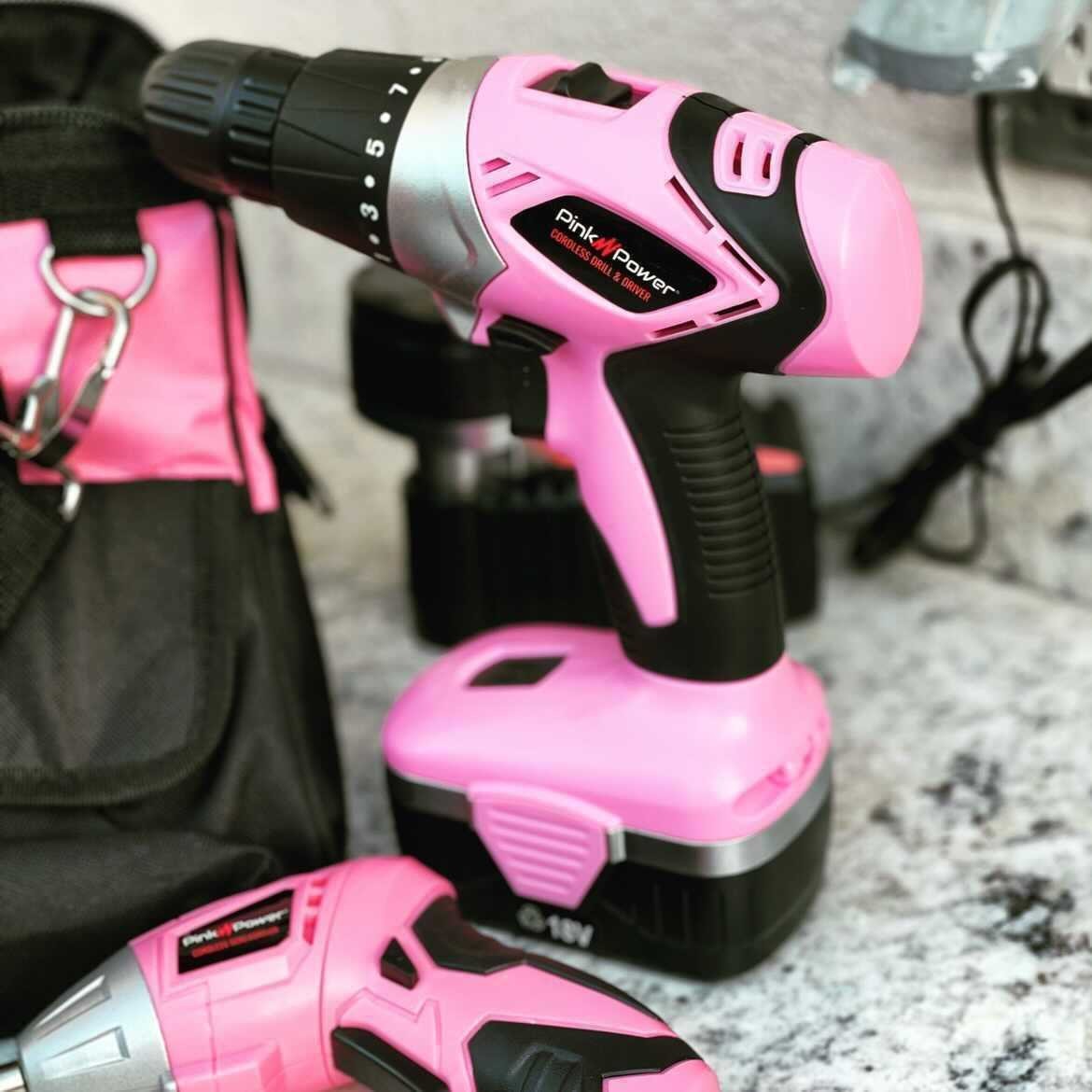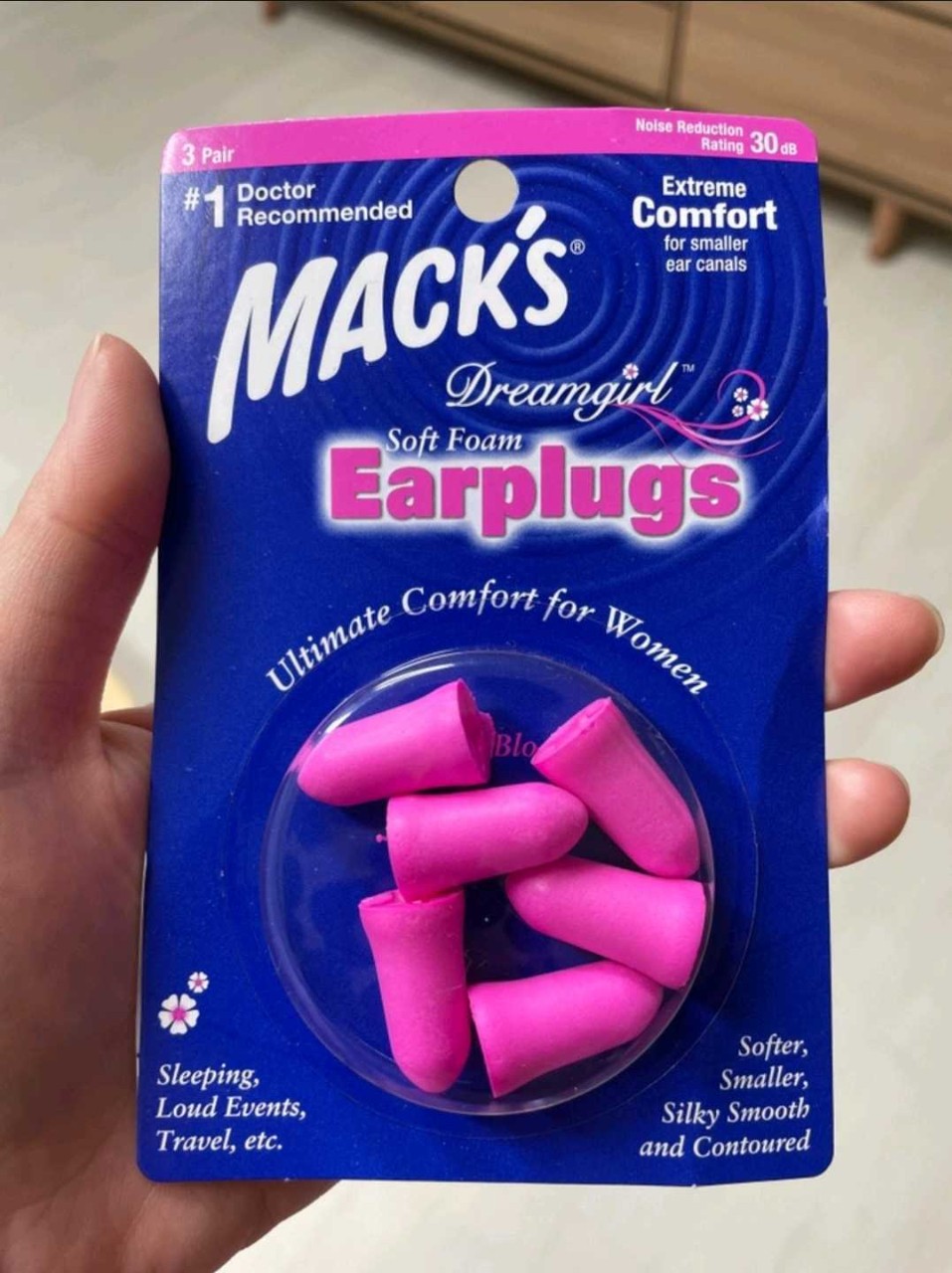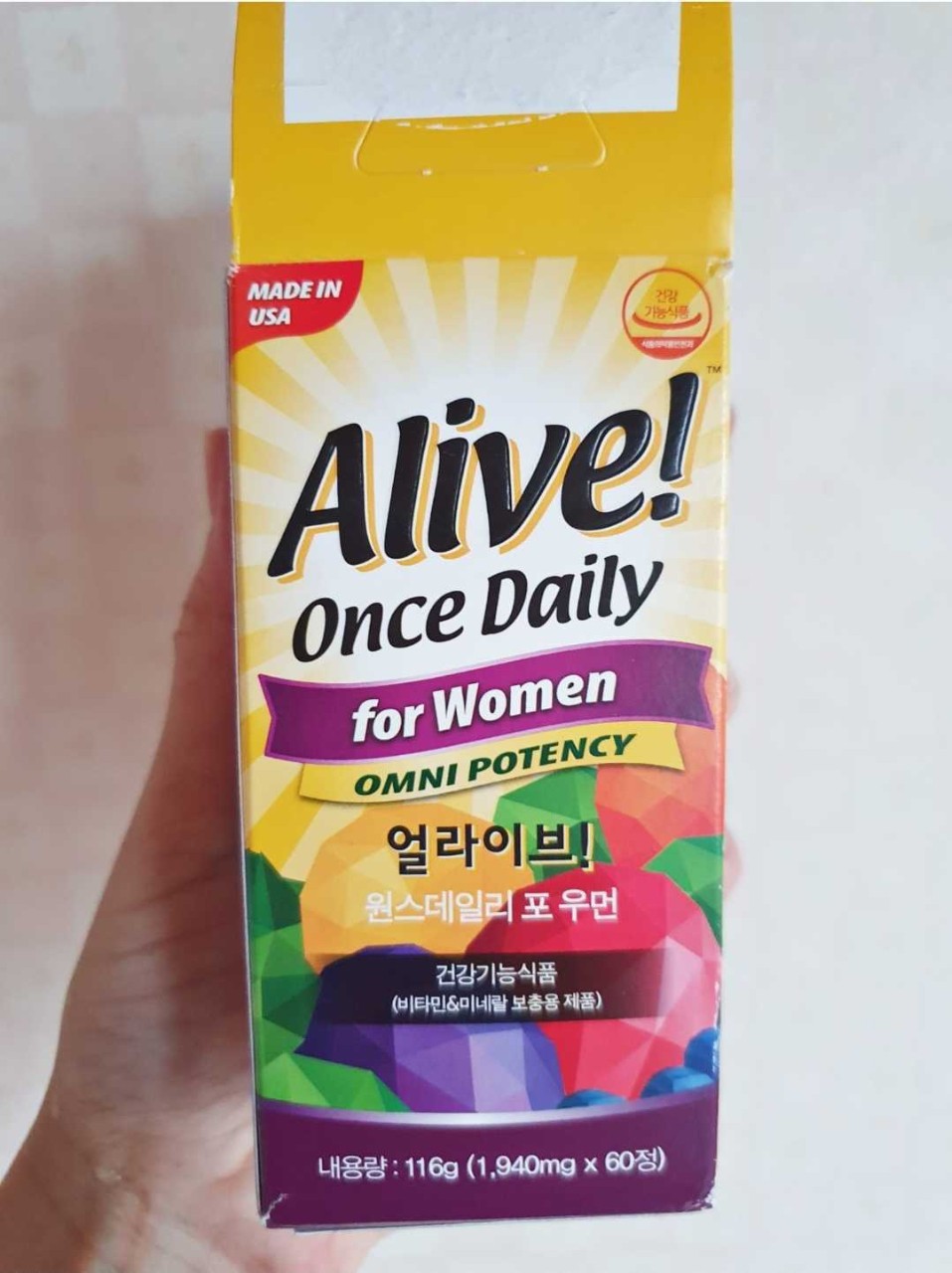After the pandemic, I thought nothing could surprise me anymore. But, as it turns out, I was wrong. When I was clued in about a “for her” line of earplugs, I started to question my own sanity.
Could I be missing out on products because I had ignored the “for her” label my whole life? Or was it all just another marketing stunt? I went searching for answers - all while sitting on my gender-neutral chair.

Gendered marketing
What I found shocked me: marketers have been dangerously labeling products to take our money. From toys to lady hammers, to men’s tea, gendered items are all around. The “for him/her” lines are here to stay and influence our behavior.
This type of practice targets people differently, according to outdated gender roles. When consumers are segmented according to their gender, stereotypes are reinforced. The subconscious influence this has over people is hard to shift and it can affect how we perceive others.
If we think about it, even from a young age we are led to absorb these limiting concepts. Most of us have early memories of going to toy stores, only to be greeted by a sea of pink and blue aisles. It’s clearly shown who the audience for each is.
Marketers make it OK to find, for example, science kits missing from the pink sections, or arts and crafts from the blue ones. According to Jirout and Newcomb’s research in 2015, this can affect development skills in children. They run the risk of internalizing these ideas, leading to gender bias later in life.
This practice imposes traditional gender roles and creates stigmas. Normalizing it could potentially lead to dangerous issues. As we all know, the pay gap and gender inequality are the results of internalized bias.

Beyond the stereotype
Gendered product reviews always reveal angry responses—know your audience, Marketers! At least we can find solace in how ridiculous the majority of these items are.
For example, laxatives targeting women are exactly the same as the ones for men (believe it or not, men don’t experience constipation differently). You can find ‘fashion’ batteries, men’s mirrors, pink earbuds, dude wipes, Jenga for girls, lint rollers for men, pens for her, pickles for him, and even bibles for boys.
The list is long and amusing—but it doesn’t make it any less offensive. We have all unwillingly been reduced to a stereotype.
Most of these products are just a repackaging of the original item, with no other difference. Dictating what colors are suitable for a specific gender is not only restrictive but arbitrary.
According to an intelligence report done in 2015 by J. Walter Thompson, 81% of Gen Z believe that gender does not define a person. Stereotyping could alienate potential buyers who don’t conform to outdated views on gender roles.
In fact, in today’s social climate, this kind of marketing seems to repel rather than attract. Research conducted by Harvard Business School showed that using non-inclusive gender norms often backfires. After seeing gendered packaging, people who would have otherwise bought the product decided not to.
The pink tax
These outdated ideas play on our ill-conceived notions from a young age, and it doesn’t end there. Have you ever noticed how pink products cost more? This is called the pink tax.
Don't let the cute name fool you, this is a sneaky practice. It’s a discriminatory way of pricing items based solely on gender. In other words, it means that items targeting women cost more than the equivalent products for men.
A study done by the New York City Department of Consumer Affairs found that this doesn’t affect only adult women, but also children. In fact, “girl toys” cost between 2 to 13% more than toys targeting boys, even though they only differ in colour—add this to the list of ways society penalises you for having a girl.
It doesn’t stop there, even baby items are slapped with the pink tax. Clothes and toys that are the same in all but colour are on average more expensive for girls. It’s enough to make your blood boil.
Women earn a lower income than men, yet the cost of items targeting them is higher. This discriminatory pricing starts at birth and follows throughout life. As does the gender bias that it causes.
Unfortunately, the dangers aren’t just economic. Even before marketers have a chance to start the pricing process, design bias comes into play and causes serious harm.

Rafaella found these gendered products in her home.
Biased flaws in the design
According to studies, 85% of female laparoscopy surgeons need regular treatment. This happens because the equipment they use was designed based on the average man—rather than person. Handling these instruments on a daily basis causes pain in the wrists, backs, shoulders, and necks of female surgeons.
The absence of sex-desegregated data affects us even in the smallest of ways. Have you ever wondered why it’s so hard for someone wearing a dress to use clip-on mics? They were designed for clothes with pockets or waistbands, which dresses usually lack.
It gets worse. Until the 1960s, all car crash dummies were based on men. According to research, this affected seat scale, seatbelt safety, and airbag deployment. This meant that women were 45% more likely to suffer from whiplash and airbag injuries in accidents.
This costs lives and goes beyond small flaws in design. In the end, it implies that a whole gender might be disposable. The ethical and societal implications alone are enough to worry anyone, but this could lead to death. You might want to take a moment to digest that.

The takeaway
Useless products and flaws in design shine a light on the issue of gender equality. They give strength to limiting ideas that have the potential to cause real harm. It’s our duty to educate ourselves on inclusion and help those around us overcome their biases.
There is no easy fix for a problem so complex. But we can start by calling out brands that keep this gender-biased system going. Marketers should not be allowed to push gender conformity and ignore people who don’t fit into traditional roles. The world will finally evolve when labels are gone.
We can also look within and break free of our own biases. By allowing people to freely express themselves, we empower one another. These shifts in perspective lead us in the right direction, to a more inclusive and neutral society.
The time for change is now. We all want the next generations to inherit a better world, where everyone is represented, without fear of judgement. We’re responsible for making this dream reality come true. A brighter future is just around the corner, so let’s join forces and make history. The clock is ticking.
Written by Rafaella Carvalho
Sources
https://www.apa.org/research/action/difference
https://journals.sagepub.com/doi/10.1177/0956797614563338
https://hbswk.hbs.edu/item/chick-beer-for-women-why-gender-marketing-repels-more-than-sells
https://www.ama.org/marketing-news/shattering-gendered-marketing/
https://www.healthline.com/health/the-real-cost-of-pink-tax#The-pink-tax
https://hbr.org/2020/04/companies-cant-ignore-shifting-gender-norms
https://www.evoke.org/articles/july-2019/data-driven/deep_dives/the-dangers-of-gender-bias-in-design
https://www.campaignasia.com/article/its-past-time-to-eliminate-gender-biases-in-design/468161
https://fbe.unimelb.edu.au/exchange/edition2/gendered-toy-marketing
https://www.thedrum.com/news/2021/01/11/the-future-fluid-the-age-gender-neutral-marketing-upon-us
https://www.bankrate.com/finance/credit-cards/pink-tax-how-women-pay-more/




